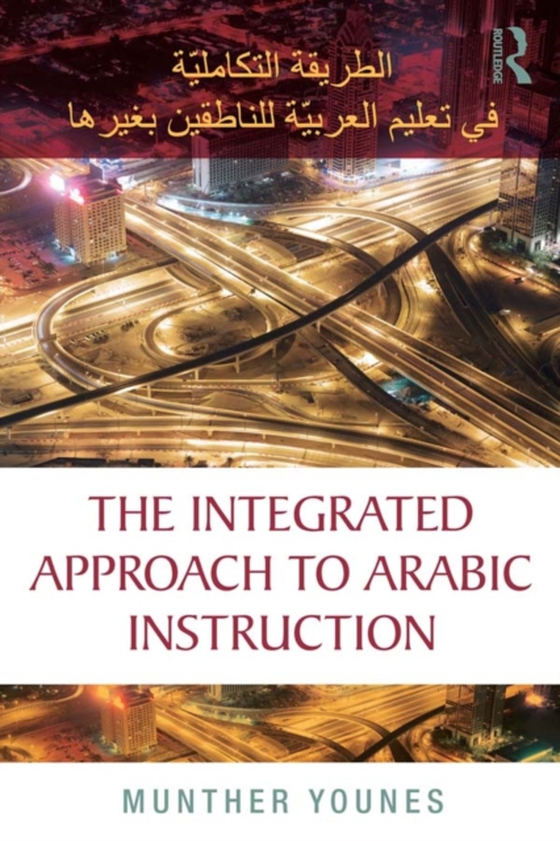
Integrated Approach to Arabic Instruction e-bog
184,80 DKK
(inkl. moms 231,00 DKK)
Leading teacher of Arabic, Munther Younes, explores the realities of teaching Arabic as a foreign language (AFL) and outlines his groundbreaking approach to instruction, tried and tested over many years at Cornell University.The Integrated Approach to Arabic Instruction introduces teachers to the features of an integrated Arabic program-one that simultaneously teaches the two varieties of the l...
E-bog
184,80 DKK
Forlag
Routledge
Udgivet
10 oktober 2014
Længde
66 sider
Genrer
2CSR
Sprog
English
Format
pdf
Beskyttelse
LCP
ISBN
9781317580706
Leading teacher of Arabic, Munther Younes, explores the realities of teaching Arabic as a foreign language (AFL) and outlines his groundbreaking approach to instruction, tried and tested over many years at Cornell University.The Integrated Approach to Arabic Instruction introduces teachers to the features of an integrated Arabic program-one that simultaneously teaches the two varieties of the language, Modern Standard Written Arabic, fua a A , and the dialect, A mmiyya, in a way that reflects the authentic practice of native Arabic speakers. This pedagogy, Younes argues, is the most logical, effective and economical method of instruction as it prepares students fully for the realities of the Arabic diglossic situation.Younes takes teachers through the following ground:Consideration of the current Arabic sociolinguistic situation and key debates in the fieldOutline of changing student goals and the needs of the modern AFL learnerOverview of the Integrated Approach covering its rationale, features, implementation methods and usage of instructional materials in the classroomResponse to objections to the Integrated Approach, outlining its advantages over alternative practices and clarifying crucial issues in practicea The Integrated Approach to Arabic Instruction addresses a pressing issue deeply relevant to the world of Arabic language instruction, placed in the practical context of shifting attitudes among students and educators. It will be an essential resource for all teachers of Arabic as a Foreign Language.a a
 Dansk
Dansk

